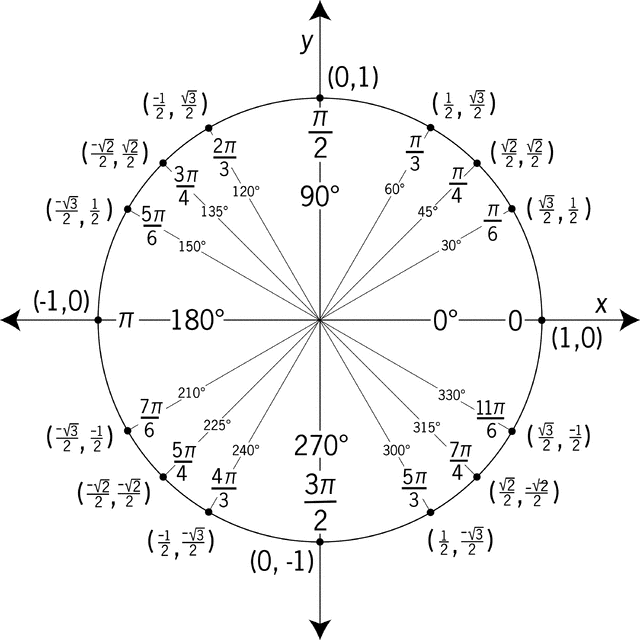How do I solve this equation? #tan^2(x)+tan(x)-1= tan(x)#
2 Answers
Explanation:
Move all tangents to the same side, yielding
We can factor this using the Difference of Squares, which tells us
Thus,
The solutions are then

Examining the unit circle, we see that the values of
However, recall that tangent is periodic, all values for tangent repeat every
So, we're left with
We can omit the final two solutions, as the first two solutions actually encompass those since
Given:
Subtract
Add 1 to both sides:
Take the square root of both sides:
This separates into two equations:
To describe all of the possible values of x, we need to add integer multiples of

